17 Hidden Environmental Costs Behind Mexico’s Resort Tourism
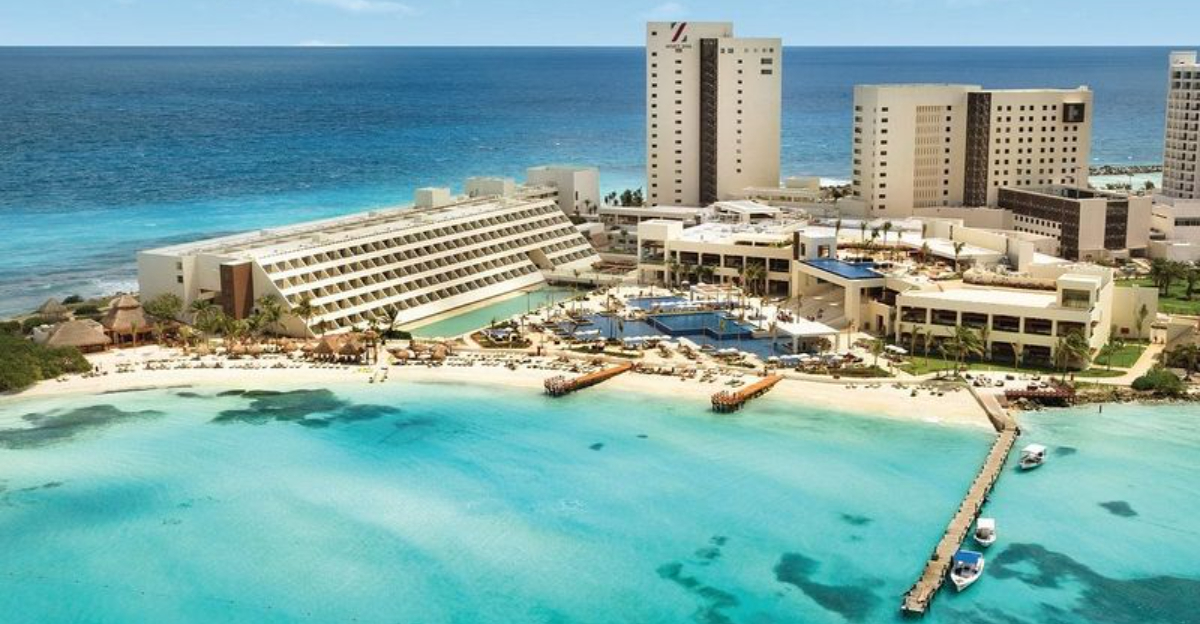
Mexico’s resorts may offer stunning views and luxurious stays, but behind the allure lies a set of environmental and cultural costs that aren’t always visible. As tourists flock to these idyllic destinations, the natural landscapes and local communities bear the brunt of this boom.
In this post, I’ll shed light on 17 significant and often overlooked impacts that resort tourism has on Mexico’s environment and culture. From the growing strain on water resources to the gradual loss of biodiversity, these hidden consequences highlight the complexities of maintaining the balance between tourism and conservation.
As you consider your next getaway, take a moment to reflect on the bigger picture that sustains these beautiful locations.
1. Water Scarcity Due to High Consumption
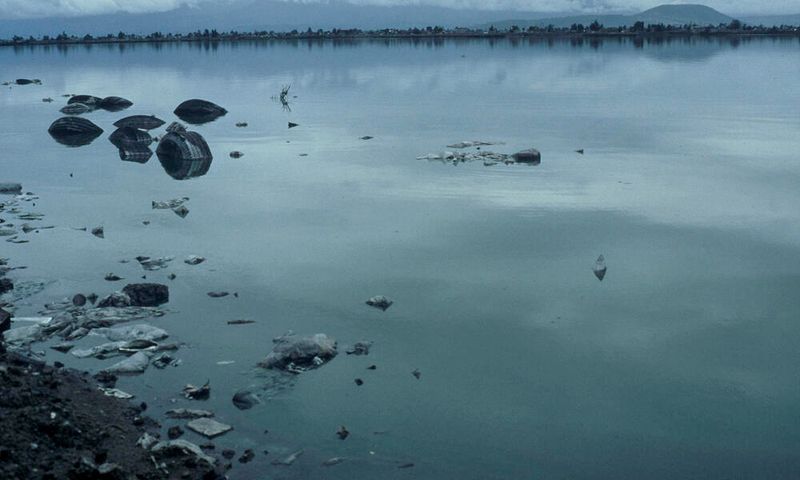
If you enjoy lounging by a pool, you might not realize the high water demand it requires. Resorts in Mexico consume enormous water quantities, often leading to water scarcity in nearby communities.
This excessive consumption strains local resources. As resorts continue to expand, the pressure on water supplies grows. Local residents may find themselves facing shortages, impacting daily life.
Imagine the frustration of turning on a tap, only to find it dry. Addressing this issue involves implementing sustainable water management practices, ensuring both tourists and locals have access to this vital resource.
2. Coral Reef Damage from Resort Construction
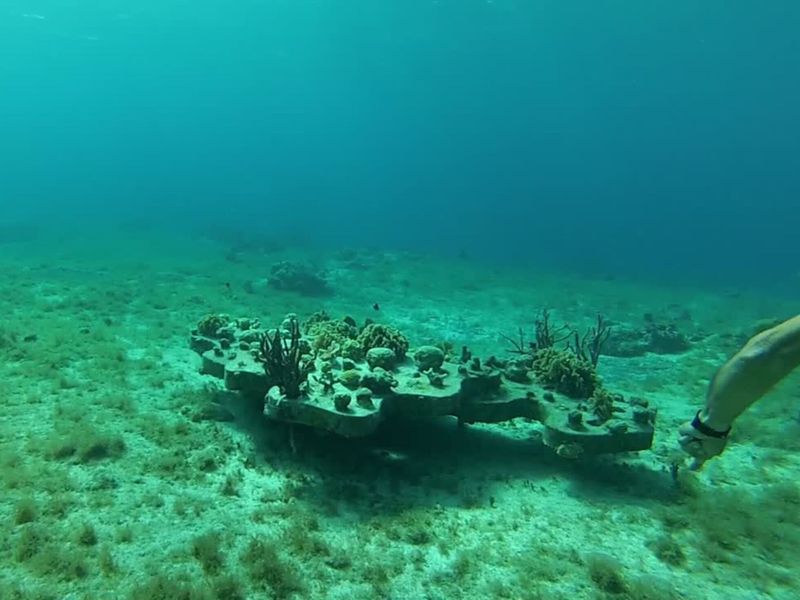
How often do we think about the vibrant coral reefs when booking a seaside resort? The construction of resorts often leads to coral reef damage. Heavy machinery disrupts delicate marine ecosystems.
Sedimentation can smother corals, causing them to die. These reefs support diverse marine life, and their destruction has cascading effects. Without healthy reefs, fish populations dwindle, affecting local fishing communities.
Preserving these natural treasures requires responsible construction practices. Marine conservation efforts can help protect these underwater havens, ensuring they remain vibrant for generations to come.
3. Excessive Use of Freshwater Resources

It’s astonishing to see how much freshwater is used to maintain the lush landscapes of resorts. Golf courses and manicured gardens require constant watering.
This excessive use depletes local freshwater supplies. Freshwater is finite, and its overuse can lead to severe environmental consequences. Locals may suffer from reduced water availability, exacerbating tensions.
Implementing water-saving technologies and practices can mitigate this impact. Imagine a future where resorts thrive without exhausting precious resources. Sustainable tourism is not just a trend; it’s a necessity for preserving our planet.
4. Coastal Erosion from Development
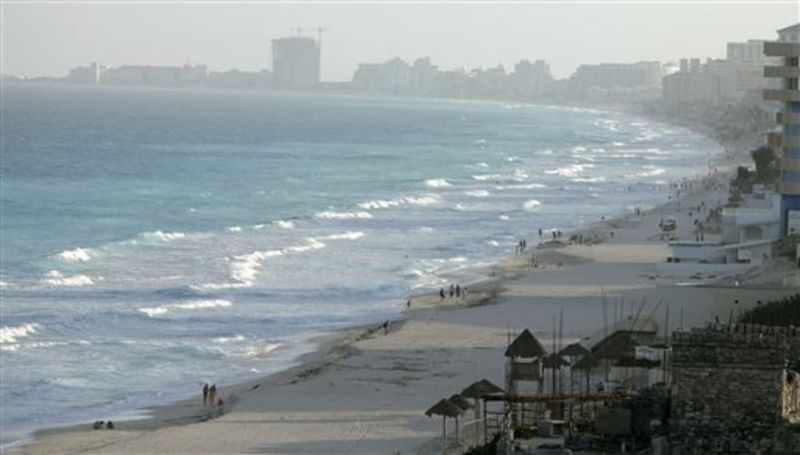
Where does the sand go? Resort development along coastlines often accelerates erosion. Natural barriers like dunes are flattened to make way for new structures.
This disruption increases vulnerability to storms and rising sea levels. Coastal erosion not only affects beaches but also threatens wildlife habitats. Turtles, for instance, rely on sandy shores for nesting. Protecting these areas requires balancing development with environmental preservation.
Sustainable architecture and planning can prevent further damage. The delicate dance between progress and preservation is crucial for maintaining Mexico’s stunning coastlines.
5. Pollution from Overcrowded Beaches
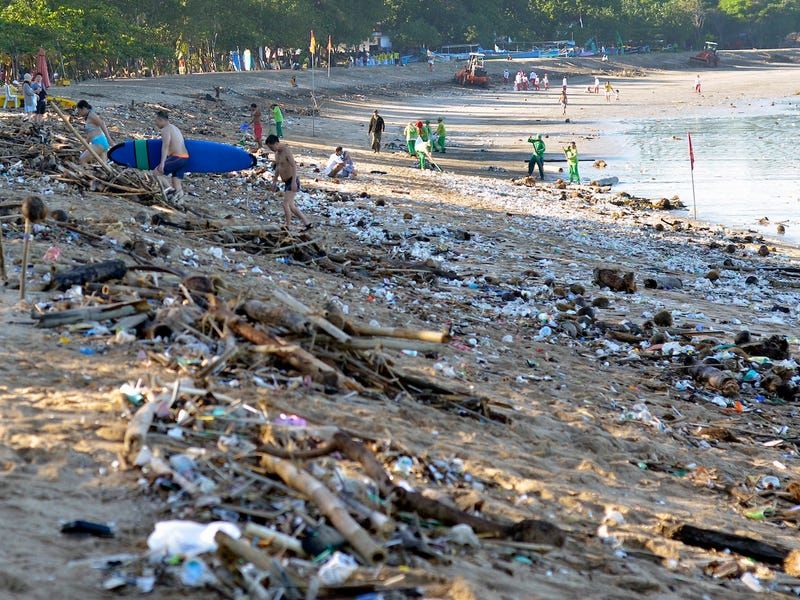
Though the beaches look inviting, overcrowding can lead to significant pollution. Tourists leave behind trash, from plastic bottles to food wrappers. This debris harms marine life, entangling animals or being ingested.
Additionally, sunscreen chemicals wash off into the ocean, affecting coral health. Addressing pollution requires collective action. Resorts can implement waste management programs and educate visitors on eco-friendly practices.
Imagine a beach where sea turtles thrive and the sand is pristine. Sustainable tourism practices help protect these natural wonders for future generations to enjoy.
6. Loss of Biodiversity in Protected Areas
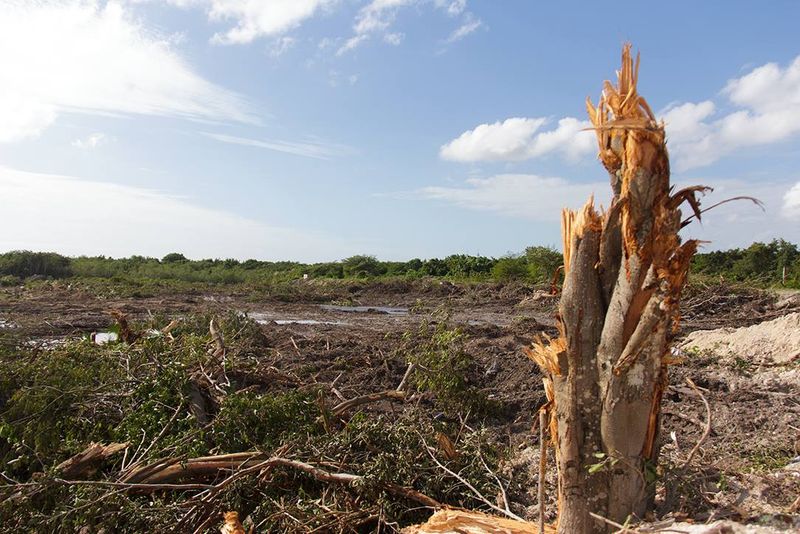
Did you know that resort expansion can encroach upon protected areas rich in biodiversity? These regions are home to countless plant and animal species. Development leads to habitat destruction and fragmentation.
As ecosystems are altered, some species may face extinction. The loss of biodiversity impacts ecological balance, affecting everything from pollination to food chains. Supporting conservation efforts and responsible land use planning is vital.
By prioritizing biodiversity, we can ensure these areas continue to thrive. Imagine a world where wildlife and humans coexist harmoniously in Mexico’s beautiful landscapes.
7. Increased Carbon Footprint from Flights
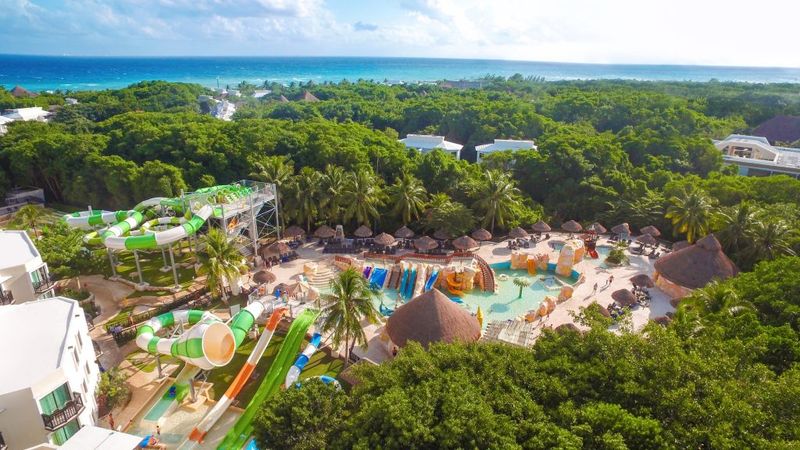
When planning a vacation, how often do we consider the carbon footprint? Flights to Mexico’s resorts contribute significantly to carbon emissions.
Air travel is one of the most carbon-intensive activities. As tourism grows, so does its environmental impact. Reducing carbon footprints involves exploring sustainable travel options. Airlines are beginning to invest in greener technologies.
Travelers can offset carbon emissions through various programs. By being mindful of our travel choices, we can help reduce the impact on our planet. Together, we can make a difference in preserving Mexico’s natural beauty.
8. Wastewater Discharge Into the Ocean
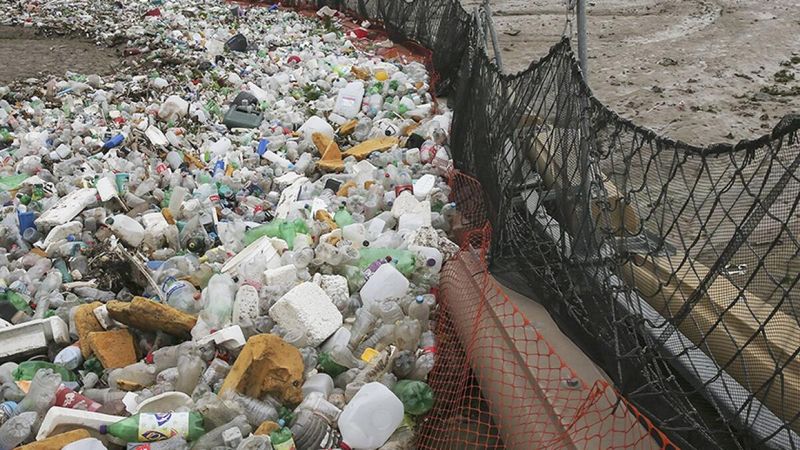
This issue often goes unnoticed but has profound effects on marine life. Resorts can contribute to ocean pollution through wastewater discharge. Untreated or insufficiently treated effluent harms aquatic ecosystems.
Nutrient overloading can lead to algal blooms, depleting oxygen and threatening marine organisms. Implementing advanced wastewater treatment systems is essential. Imagine clearer waters where marine life flourishes undisturbed.
Investing in infrastructure improvements can significantly reduce environmental impacts. These actions ensure that both tourists and marine life can coexist in harmony along Mexico’s beautiful coastlines.
9. Deforestation for Resort Expansion
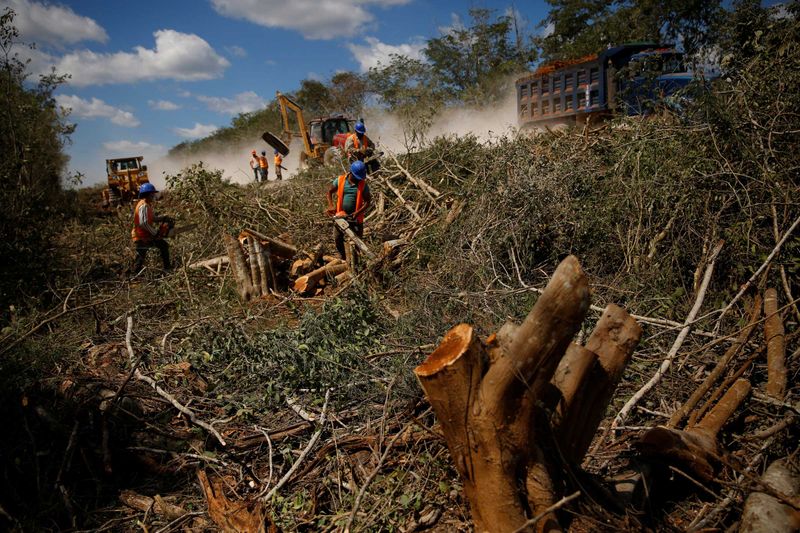
Are we sacrificing forests for luxury? Resort expansion often involves deforestation, removing trees to make way for new buildings. Forests play a critical role in carbon absorption and biodiversity.
The loss of trees disrupts ecosystems, affecting countless species. Deforestation also contributes to climate change by releasing stored carbon. Supporting sustainable development practices can minimize these impacts. Imagine resorts nestled within lush landscapes, preserving nature’s beauty.
By balancing growth with conservation, we can protect these vital ecosystems. Let’s work towards a future where both tourism and nature thrive.
10. Disruption of Local Ecosystems
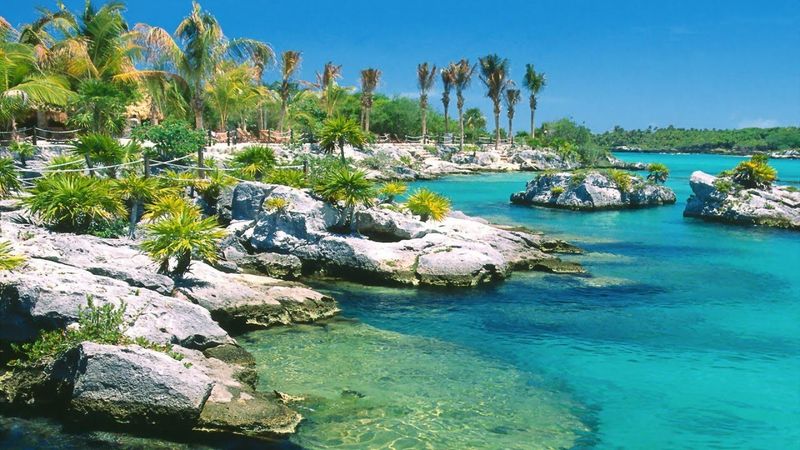
Did you know that building a resort can disrupt local ecosystems? Construction activities alter habitats and can displace wildlife. Noise and pollution from building sites impact surrounding flora and fauna.
The delicate balance of these ecosystems is essential for their health. Sustainable construction practices can mitigate these effects. Imagine a world where nature and development coexist without conflict.
By adopting eco-friendly building techniques, we can preserve these environments for future generations. Together, we can create a tourism industry that respects and nurtures nature’s wonders.
11. Damage to Mangrove Forests
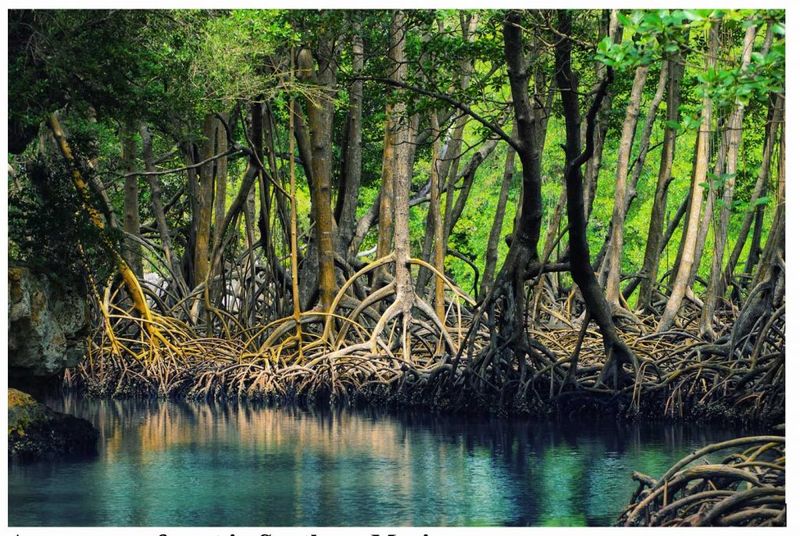
Mangroves are nature’s protectors, shielding coastlines from storms and erosion. However, resort developments often encroach on these vital ecosystems.
Their removal means losing biodiversity hotspots and natural buffers. Mangroves support countless species and play a crucial role in carbon storage. Destroying them disrupts coastal ecosystems and local communities relying on them.
Preserving mangroves through conservation programs is essential. Imagine vibrant coastlines teeming with life and resilience. By valuing these ecosystems, we ensure a sustainable future for Mexico’s coastal areas.
12. Impact on Indigenous Communities
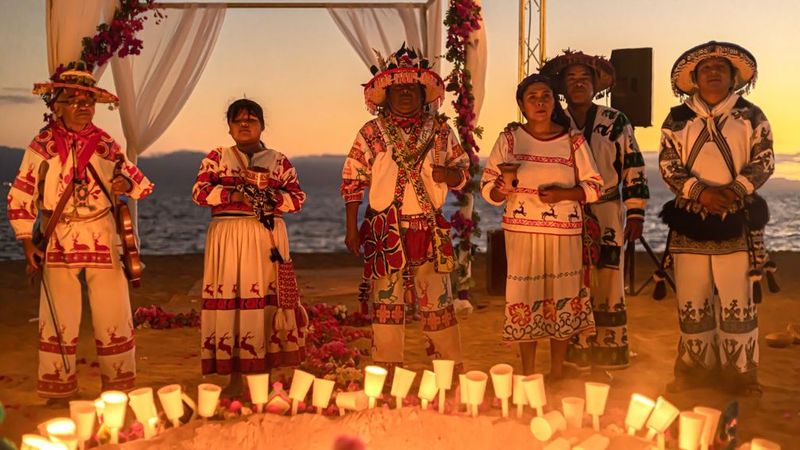
This is a sensitive issue, often overlooked in the tourism narrative. Resort development can significantly impact indigenous communities. Their land and resources may be appropriated, leading to cultural loss and displacement.
These communities possess unique knowledge and traditions that are invaluable. Supporting indigenous rights and involving them in development processes is crucial. Imagine a world where tourism respects and uplifts local cultures.
By prioritizing inclusivity and fair practices, we can foster harmonious relationships. Let’s work towards a future where every voice is valued and respected in Mexico’s tourism sector.
13. Energy Consumption in Remote Locations
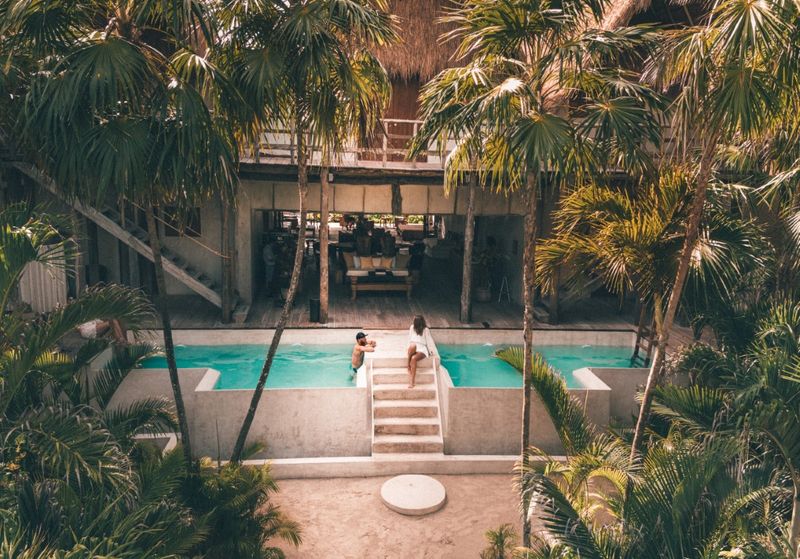
When we escape to a remote resort, energy consumption might not be top of mind. Yet, these locations often rely on generators, consuming fossil fuels to meet energy demands.
This reliance contributes to carbon emissions, affecting global warming. Investing in renewable energy sources can transform how resorts operate. Solar panels and wind turbines offer sustainable alternatives.
Imagine a world where resorts harness clean energy, leading the way in environmental stewardship. By reducing reliance on fossil fuels, we can enjoy luxury without compromising our planet’s health.
14. Marine Life Threatened by Overfishing
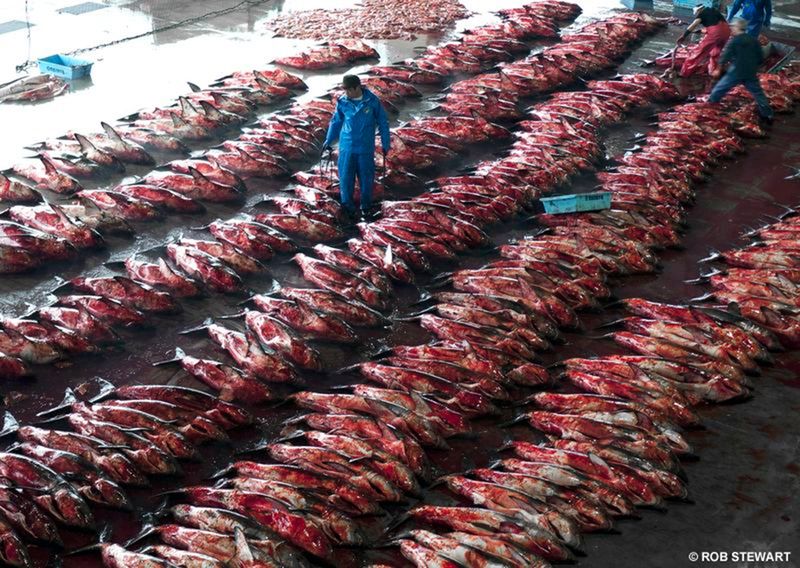
Though seafood is a draw for many tourists, overfishing poses a significant threat to marine life. Resorts often demand fresh catches, increasing fishing pressures. Overfishing disrupts marine ecosystems, leading to declining fish populations.
This impacts the entire food chain and local fishing communities. Sustainable fishing practices and quotas can help alleviate these pressures. Imagine oceans teeming with life, where balance is restored.
By supporting responsible seafood consumption and fisheries management, we ensure the longevity of these precious resources. Together, we can protect Mexico’s rich marine biodiversity.
15. Excessive Plastic Use and Waste
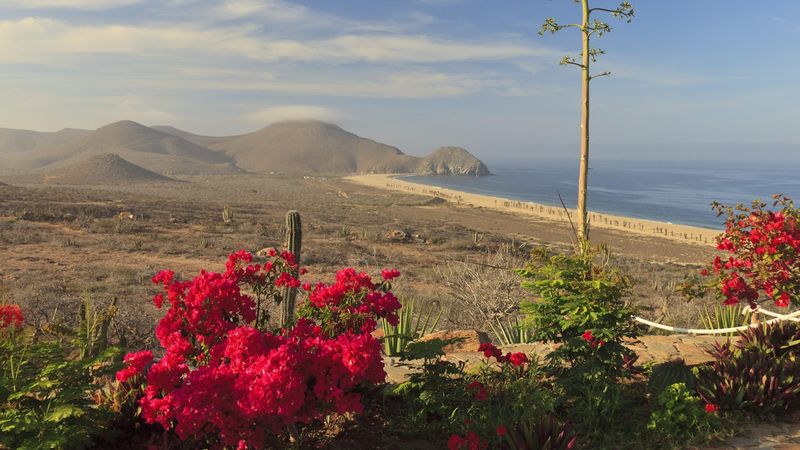
Plastic is everywhere in resorts, from water bottles to toiletries. This excessive use leads to massive waste, polluting oceans and harming wildlife. Turtles, for instance, can mistake plastic for food, with devastating effects.
Reducing plastic usage through alternative materials and recycling initiatives is crucial. Imagine beaches free from plastic, where nature thrives undisturbed.
By choosing eco-friendly options and supporting sustainability, we can combat this issue. Let’s create a future where luxury and responsibility go hand in hand, ensuring a cleaner environment for generations.
16. Noise Pollution from Resorts
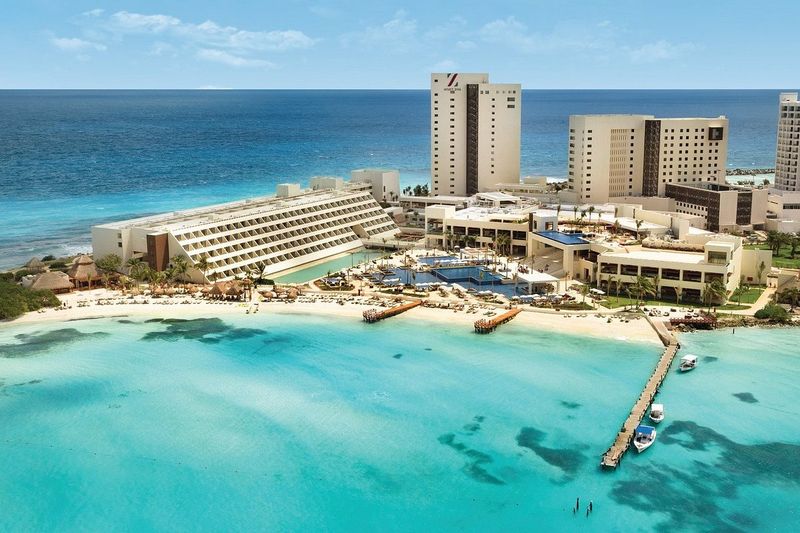
This aspect of resort life often gets overlooked but has a tangible impact. Noise from activities and entertainment disrupts local wildlife and communities.
Animals rely on sound for communication, and excessive noise can interfere. This disruption can lead to stress and behavioral changes. Implementing noise control measures within resorts can mitigate these effects.
Imagine a peaceful retreat where nature’s sounds prevail, not drowned out by artificial noise. By fostering quiet and respect for our surroundings, we can enhance the tourism experience while protecting the environment.
17. Impact of Resort Waste on Local Agriculture
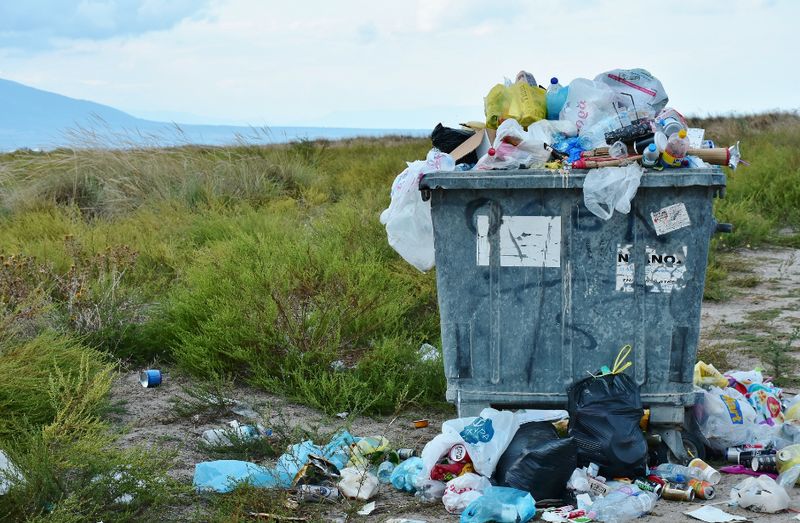
Did you realize that resort waste can affect local agriculture? Improper waste disposal leads to soil and water contamination. This contamination affects crop quality and yields, impacting farmers’ livelihoods.
Sustainable waste management practices can mitigate these issues. Imagine thriving farms and abundant harvests, unhindered by pollution. By prioritizing responsible waste handling, resorts can support local agriculture.
Together, we can create a tourism industry that benefits both visitors and local communities. Let’s work towards a future where growth and sustainability go hand in hand.
